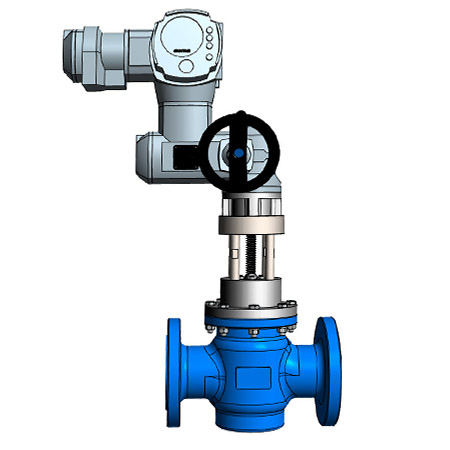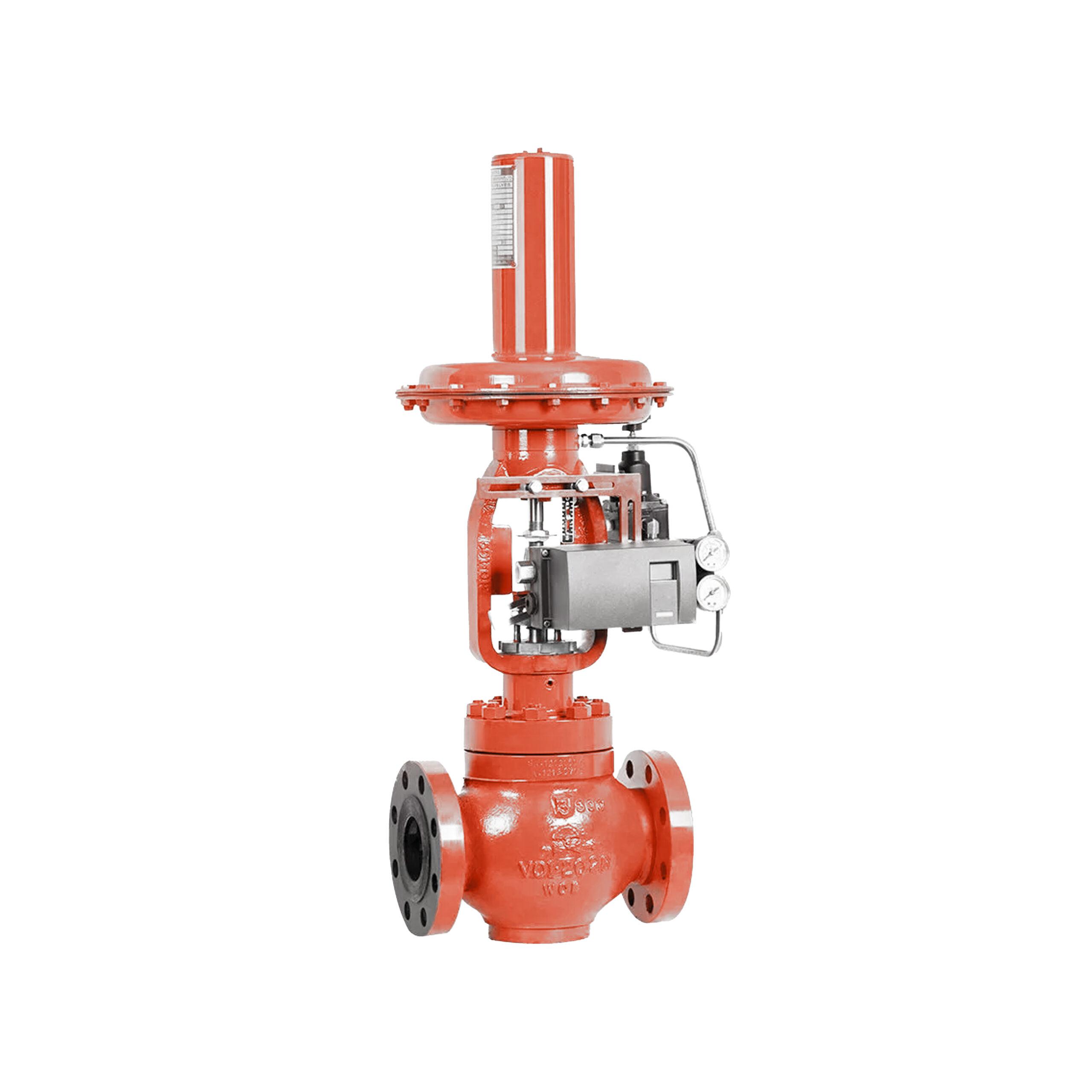Maximizing System Control with High-Performance Control Valves
Maximizing System Control with High-Performance Control Valves
Blog Article

Maximize Power Savings and Comfort With Advanced Building Automation Controls
In the realm of modern-day style and facility administration, the integration of innovative structure automation regulates stands as a crucial innovation. The merging of innovation and sustainability has birthed a new period where power effectiveness, convenience optimization, and functional streamlining are no more remote ambitions but possible realities. By using the power of automation, buildings can adapt, react, and develop in manner ins which were once unbelievable. The capacity for substantial energy savings and improved convenience is not just an opportunity yet a promise waiting to be fulfilled. This paradigm change in building monitoring holds the essential to opening a world where ecological conscientiousness and passenger well-being sympathetically exist side-by-side within the walls of our frameworks.
Power Effectiveness Benefits
Energy performance advantages can substantially decrease energy consumption and operational expenses in structures. Energy-efficient systems, such as advanced building automation controls, can maximize the usage of sources like heating, illumination, and cooling, leading to reduced energy costs over time.
Additionally, boosted power performance can extend the life expectancy of structure tools and systems. By operating much more effectively, heating and cooling systems, lighting fixture, and various other structure parts experience less deterioration, leading to decreased upkeep and replacement expenses. Additionally, energy-efficient structures usually command greater residential property worths and rental prices, offering long-term financial advantages to proprietors.
In addition, power performance can enhance resident comfort and productivity. Appropriately managed indoor settings with ideal lighting and thermal problems create an even more pleasant and helpful office, resulting in boosted staff member complete satisfaction and efficiency. In general, the energy effectiveness benefits associated with advanced building automation controls are diverse, encompassing expense savings, environmental stewardship, and occupant well-being.
Boosted Convenience Control
Enhancing comfort control in building atmospheres requires an advanced integration of innovative automation systems for ideal resident health. By making use of advanced building automation controls, centers can tailor the indoor atmosphere to meet the specific demands and choices of residents. These systems enable accurate guideline of illumination, temperature, and ventilation, creating a comfortable and effective atmosphere. Owner fulfillment and efficiency are very closely connected to thermal comfort, making it important to have systems in area that can adjust to transforming conditions in real-time.
By incorporating these innovative controls, buildings can not just enhance convenience but additionally enhance power performance by enhancing system operations based on real occupancy and usage patterns. Ultimately, focusing on owner convenience via advanced automation systems leads to an extra pleasurable and much healthier indoor atmosphere.
Operational Efficiency Improvements

Additionally, the execution of real-time surveillance and analytics devices enables building drivers to identify energy inefficiencies and operational anomalies without delay. By continually monitoring energy use patterns and system performance metrics, changes can be made in real-time to enhance power usage and guarantee peak operational performance. control valves. Furthermore, incorporating demand reaction techniques into building automation controls can further boost functional effectiveness by dynamically changing power use based upon grid problems and prices signals
Indoor Environment Optimization
Effective interior environment optimization is a fundamental facet of building automation controls, making certain residents' convenience and wellness while making the most of energy financial savings. By utilizing sophisticated sensing units and controls, developing automation systems can constantly monitor and readjust temperature, moisture degrees, air quality, and air flow to develop an ideal interior click here now environment. Maintaining comfortable and consistent conditions not just enhances resident satisfaction but additionally improves efficiency and total health.
Interior climate optimization additionally plays an essential duty in energy performance. By fine-tuning air conditioning, home heating, and air flow systems based upon real-time data and occupancy patterns, building automation controls can considerably decrease power intake - control valves. For circumstances, applying strategies such as demand-controlled air flow and thermal zoning can assist reduce energy waste while making sure that each area of the building receives the essential conditioning.

Sustainable Environment Creation
Structure automation regulates not only optimize interior environment conditions for energy efficiency and occupant comfort yet additionally lay the structure for developing a lasting environment via calculated management of systems and sources. By integrating sophisticated building automation technologies, such as sensors, actuators, and smart software application, centers can keep track of and readjust energy use in real-time to lessen waste and reduce their carbon impact. These systems enable anticipating maintenance, recognizing potential concerns before they rise and enhancing devices efficiency to enhance durability and performance.
Moreover, sustainable atmosphere production extends beyond power administration visit here to include water conservation, waste decrease, and indoor air quality enhancement. Building automation controls can control water usage, detect leaks, and make certain correct garbage disposal techniques, adding to total sustainability initiatives. In addition, by keeping track of and controlling ventilation and filtering systems, these modern technologies enhance passenger wellness and performance while lowering energy usage connected with cooling and heating operations.
Conclusion
In conclusion, progressed building automation manages deal substantial benefits in regards to power savings, comfort control, operational effectiveness, interior environment optimization, and producing a lasting environment. By executing these controls, buildings can achieve ideal efficiency while lowering power usage and improving resident comfort. It is evident that making use of sophisticated automation innovation is vital in improving building efficiency and creating a more lasting future.
Power effectiveness benefits can substantially minimize power intake and functional expenses in structures. In general, the energy performance benefits associated with innovative building automation controls are diverse, incorporating expense financial savings, environmental stewardship, and occupant wellness.
Additionally, integrating need response techniques into structure automation controls can additionally boost functional efficiency by dynamically readjusting energy use based on grid click over here now conditions and prices signals.
Building automation manages not only maximize interior environment problems for power efficiency and resident comfort yet also lay the foundation for producing a sustainable environment through tactical management of resources and systems.In conclusion, advanced structure automation regulates offer significant advantages in terms of power financial savings, convenience control, operational performance, indoor environment optimization, and developing a lasting atmosphere.
Report this page